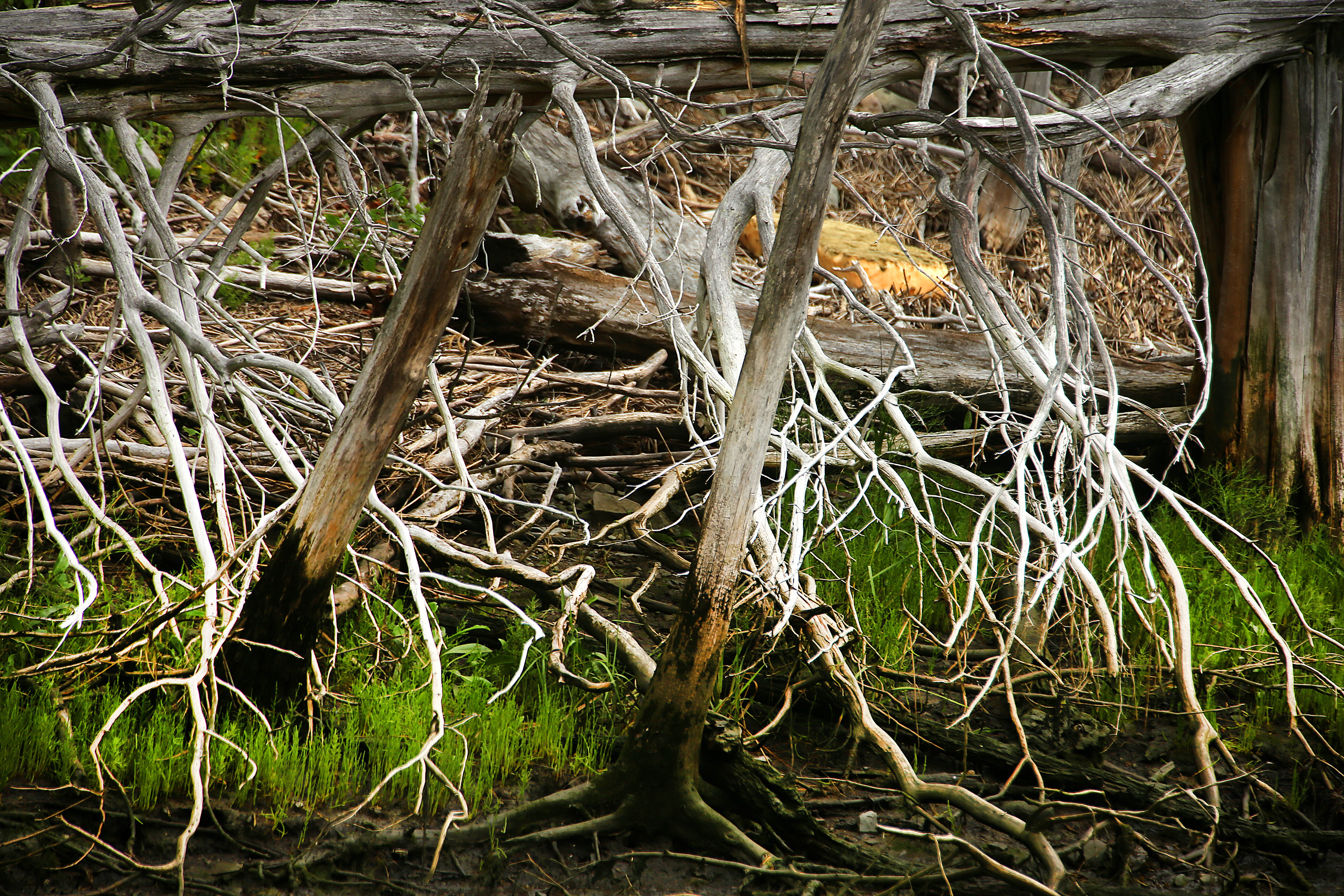For plenty of obvious reasons, even as the pandemic has waned this year, many of us will spend our free time in the summer of 2021 remaining close to home, pursuing day trips or brief overnight holidays. With that in mind, we went out in search of a few “staycation” ideas within an hour’s drive of Boston. We came back rejuvenated, with a welcome reminder that another world need not be a world away.
On the back roads of Framingham, near the Sudbury line, the Garden in the Woods immerses visitors in a forest sanctuary that showcases New England’s native plants. It only takes a matter of minutes to feel your heart rate slow and workday life slip away. Only the occasional, faint sound of a lawn mower or a barking dog brings back the surprising fact that this refuge has residential neighbors.
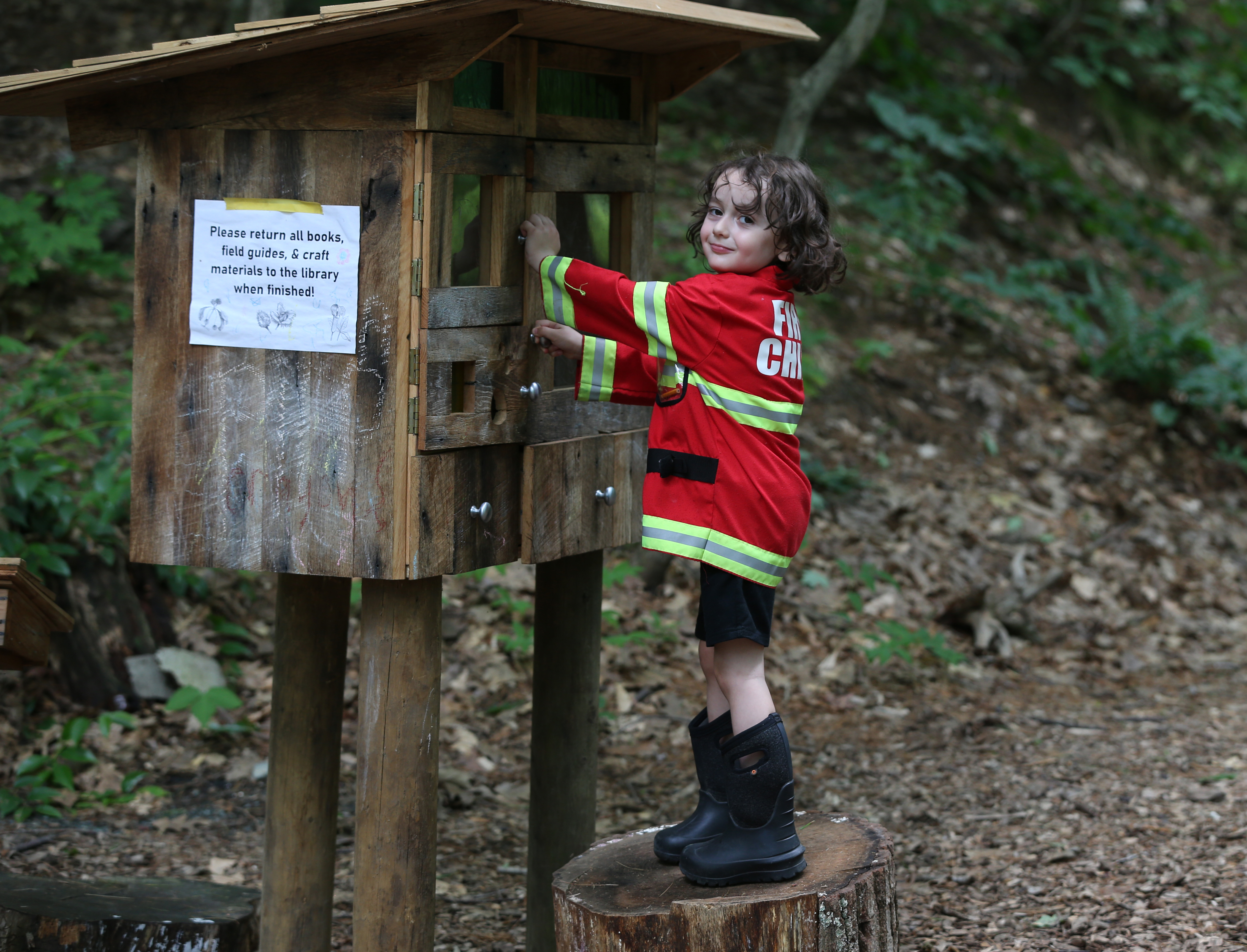
From highbush blueberries and Eastern prickly pear cacti to the region’s most extensive trillium collection, the botanical garden covers nearly 50 acres of ridges, gullies, ponds, and streams. The place features a sensory overload of microhabitats, situated along a winding, mile-long main loop and various outlying footpaths.
The late landscape artist Will C. Curtis purchased the first 30 acres in 1931 for a reported $1,000, and he began laying plans for his garden. When Curtis died in 1965, he left the property to the New England Wild Flower Society, now known as the Native Plant Trust.

The Trust has a comprehensive botanical guide on its website, and it recently developed a helpful app that can be used for its map of the garden grounds, plant identification, and more.
Children will enjoy the lily pond with its frogs and turtles, an activity area crafted from logs, and the stegosaurus sculpture made from a glacial erratic by metal artist David Phillips.
“We all think it’s a hidden gem,” said a horticulturist named David one recent weekday, as he surveyed the hillside under a gentle drizzle.
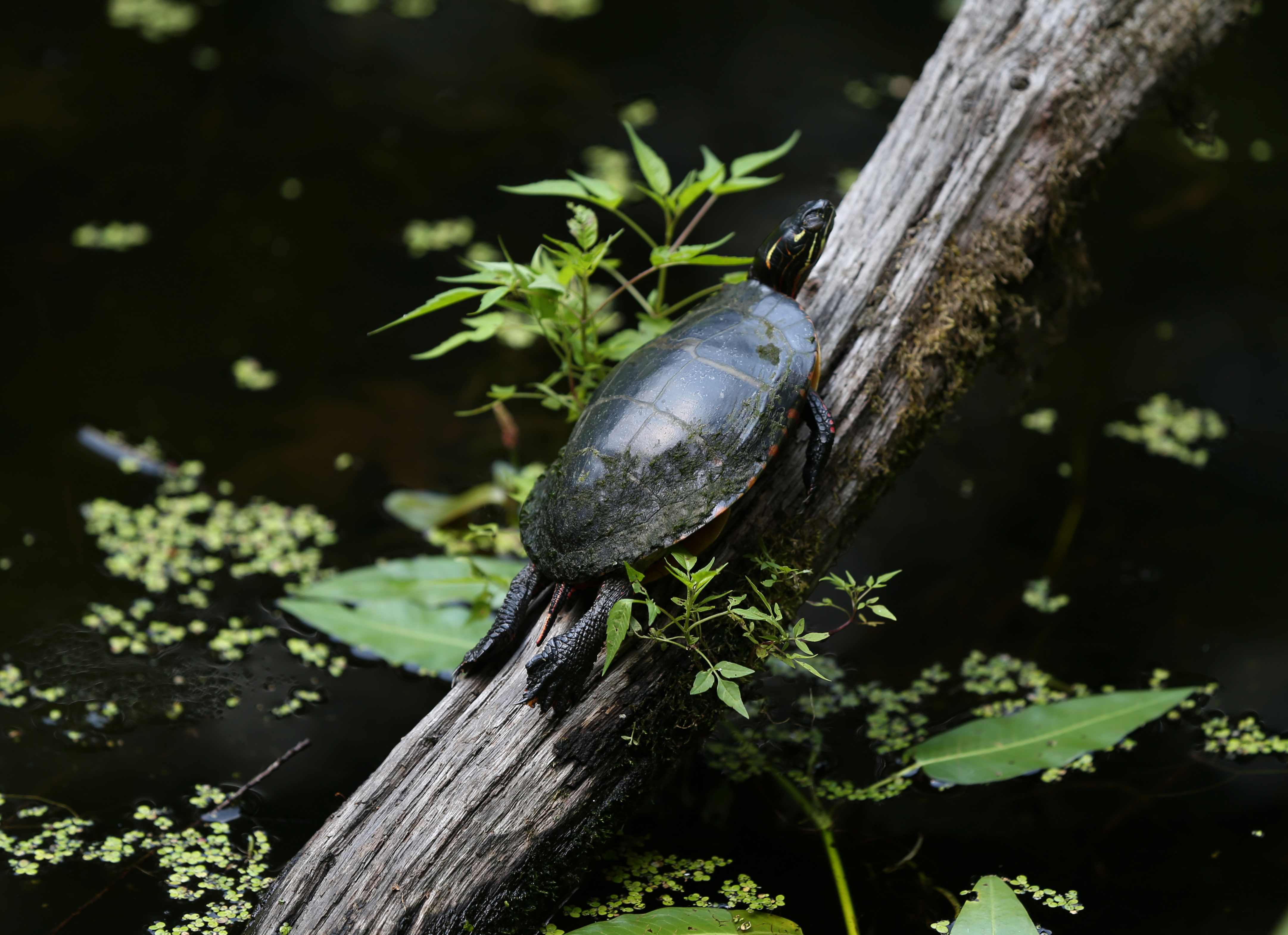
It was damp out on the day we drove to Gloucester to visit the castle home of a great — and somewhat eccentric — inventor. The Hammond Castle Museum was bustling with sightseers who’d probably hoped for a beach day.
John Hays Hammond Jr., who held more than 400 patents (once sailing an unmanned boat by remote control from Gloucester to Boston and back), designed his European-style castle home during the 1920s. With elements of medieval Gothic cathedrals and French chateaus, Hammond Castle has been attracting tourists, school groups, and film location scouts for decades.
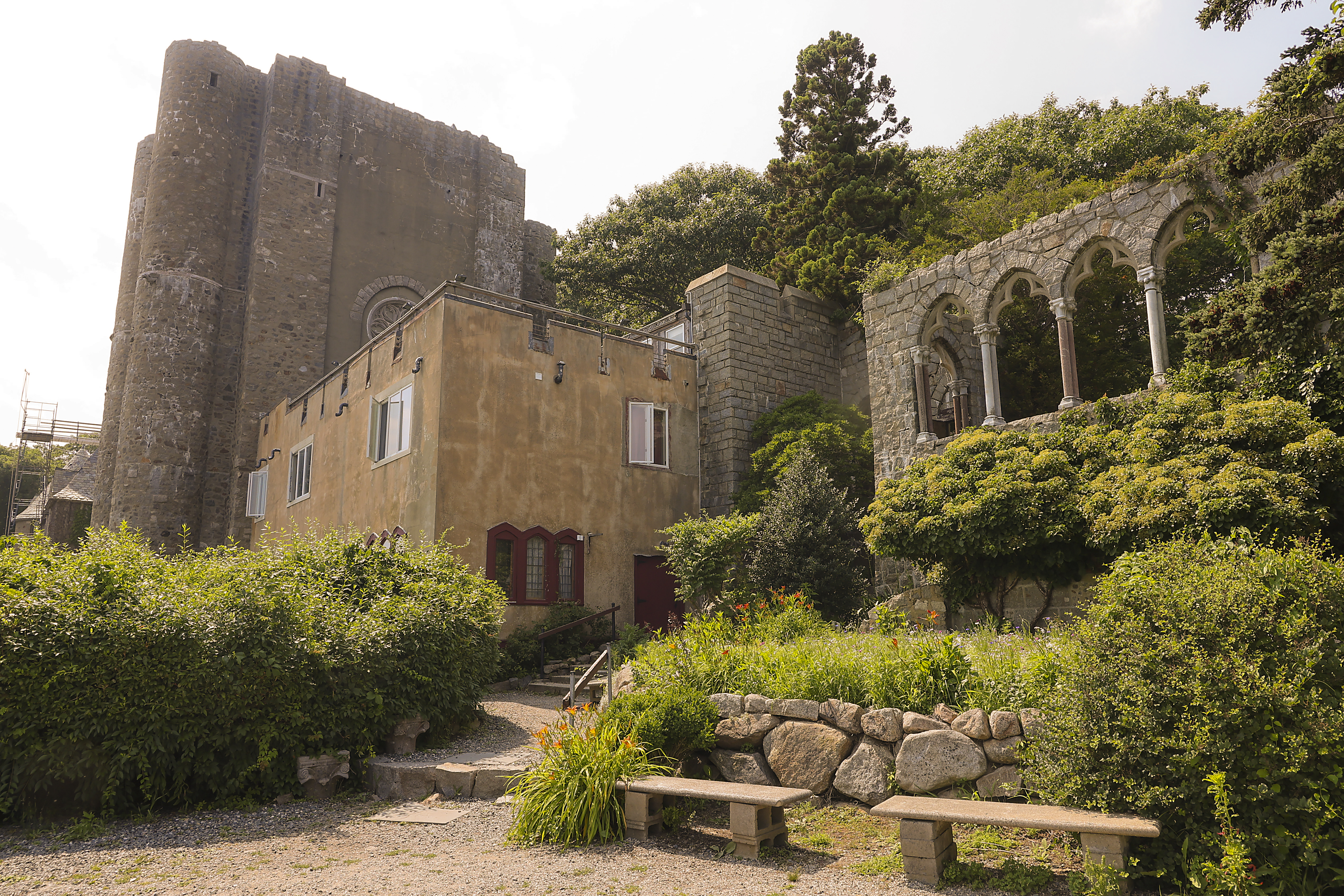
If you haven’t been, it’s a whimsy. Hammond, who once appeared on the cover of Time magazine identified as America’s “most radically democratic millionaire,” specialized in building musical instruments and innovations in sound. He also developed military technologies and anticipated the ideas of mobile homes and a home shopping network.
The castle’s Great Hall, more than 50 feet high, houses an enormous pipe organ said to be the largest in a private residence. The museum’s nonprofit organization is preparing a multimillion-dollar fund-raising effort to restore the organ to working condition.
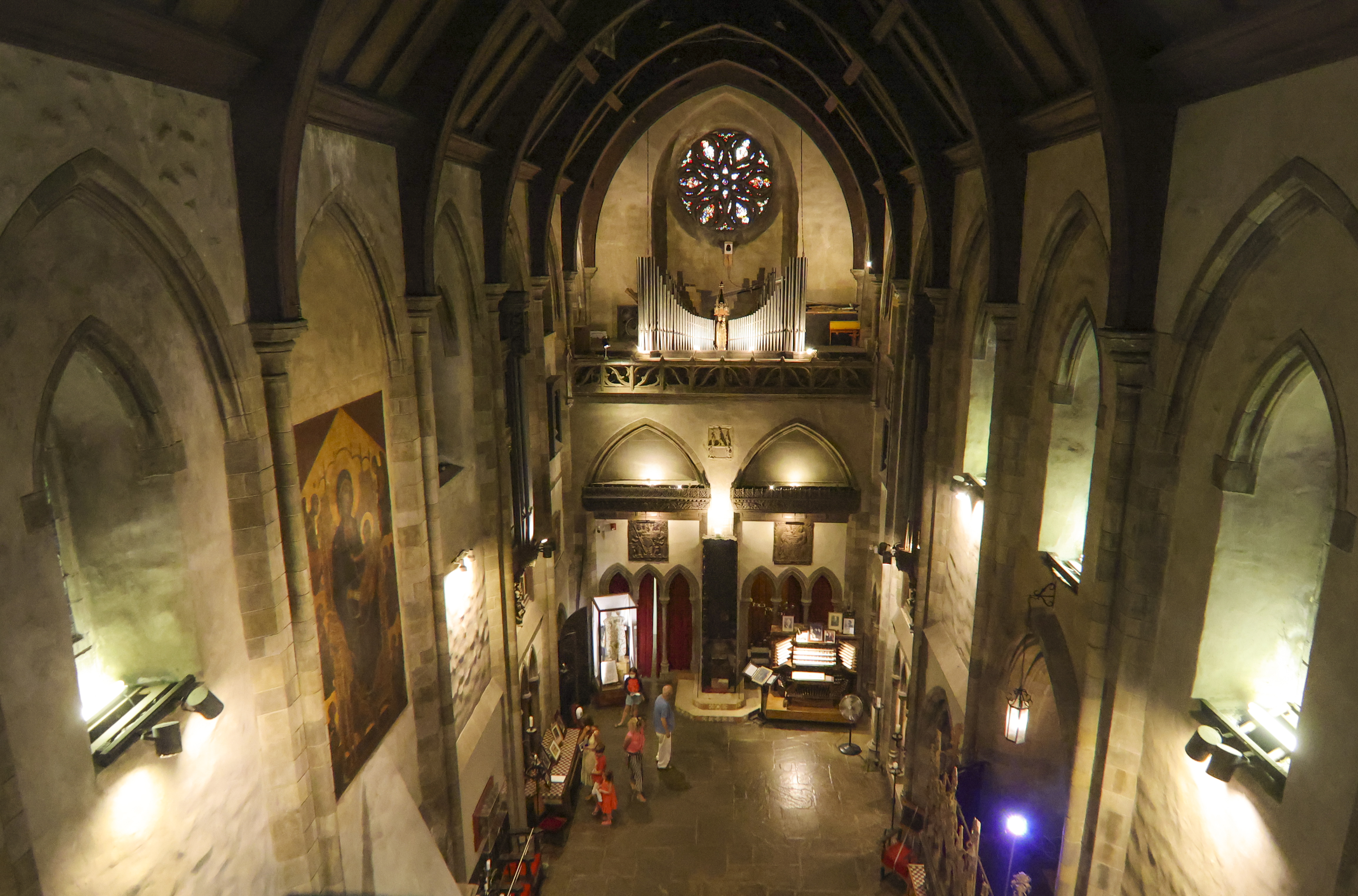
An indoor courtyard, designed to look like a French village, features a pool with fountains and a life-sized, nude bronze statue of Hammond himself, a gift to his wife, Irene. Our tour guide explained how at one point, Hammond moved the statue to the end of his driveway, as a greeting to his neighbors here in the seaside enclave of Magnolia. The locals apparently made a game of seeing who could collect the most fig leaves covering the statue’s not-so-private parts.
This summer the museum plans to host a full slate of special events, including a castle-themed movie series (“Young Frankenstein,” “The Princess Bride”) and a performance in the Great Hall on Aug. 4 by the folk fiddler Emerald Rae, a Gloucester native.
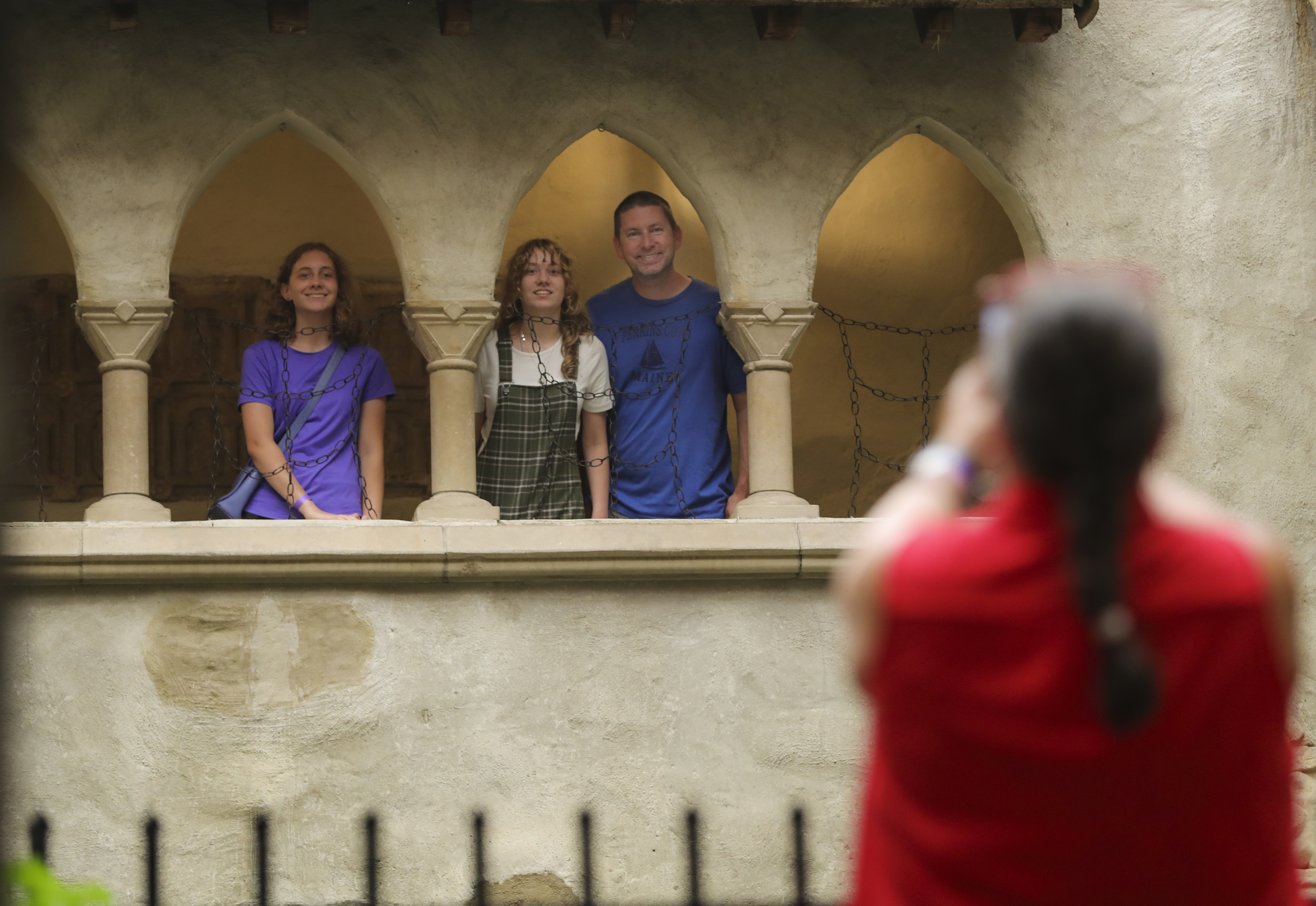
“This is my cup of tea,” said Loretta Iannicelli, who lives west of Boston. She was spending the day at the castle with a friend visiting from Florida.
She particularly enjoyed the musicians’ gallery, a nook situated high above the Great Hall designed for listening to music.
“I could have stayed in there all day in solitude,” Iannicelli said. “You get contemplative in settings like this. It’s tantalizing to the senses.”
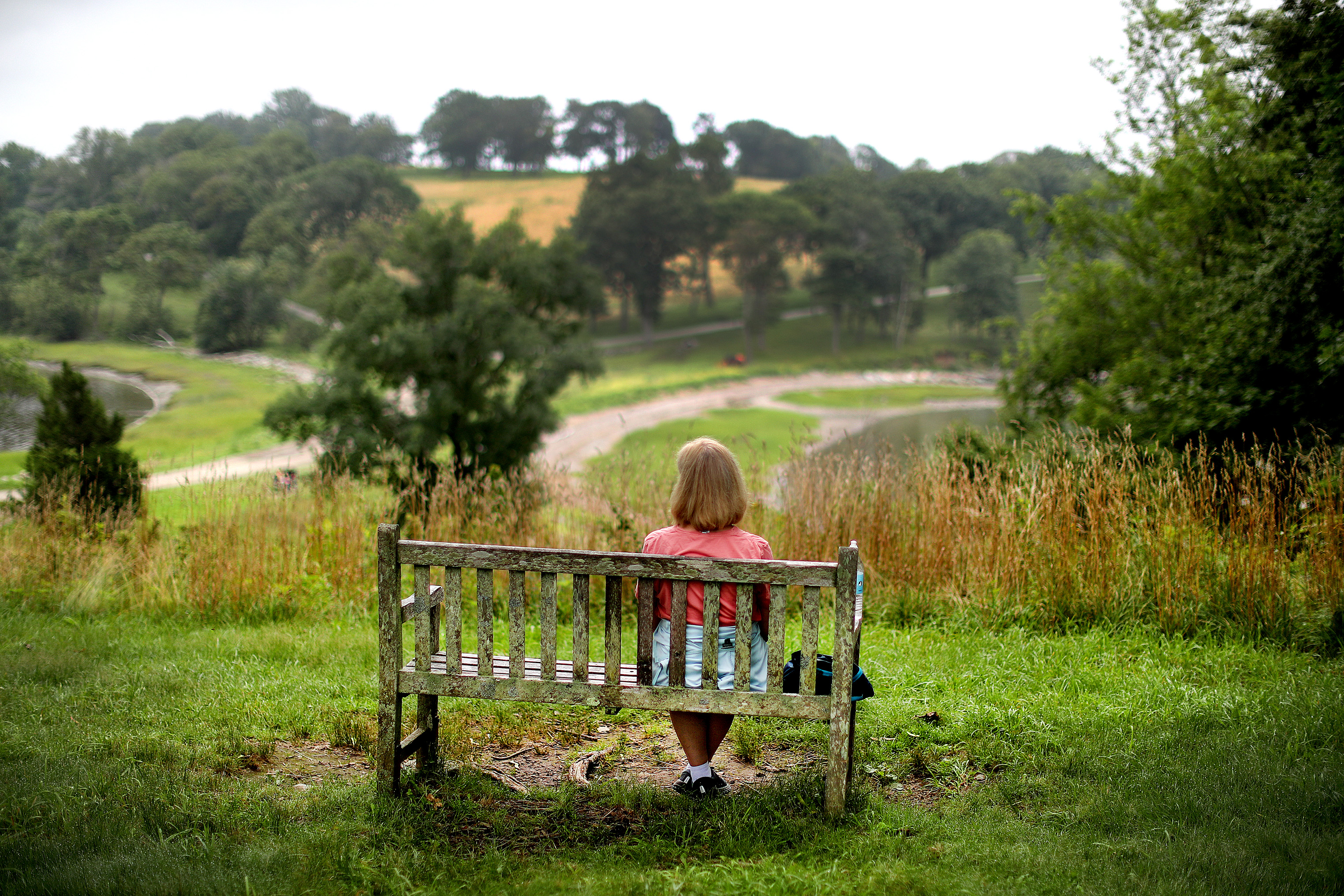
The landscape architect Frederick Law Olmsted is best known for New York City’s Central Park and Boston’s Emerald Necklace. A decade or so before he died in Belmont in 1903, Olmsted accepted a commission to bring his work all the way to the end of the world.
World’s End is a 250-acre peninsula bordering Hingham Harbor, south of Hull and Nantasket Beach. The origin of the name is unclear, but it seems apt, given the dreamlike view of the Boston skyline, 15 miles away across Boston Harbor.
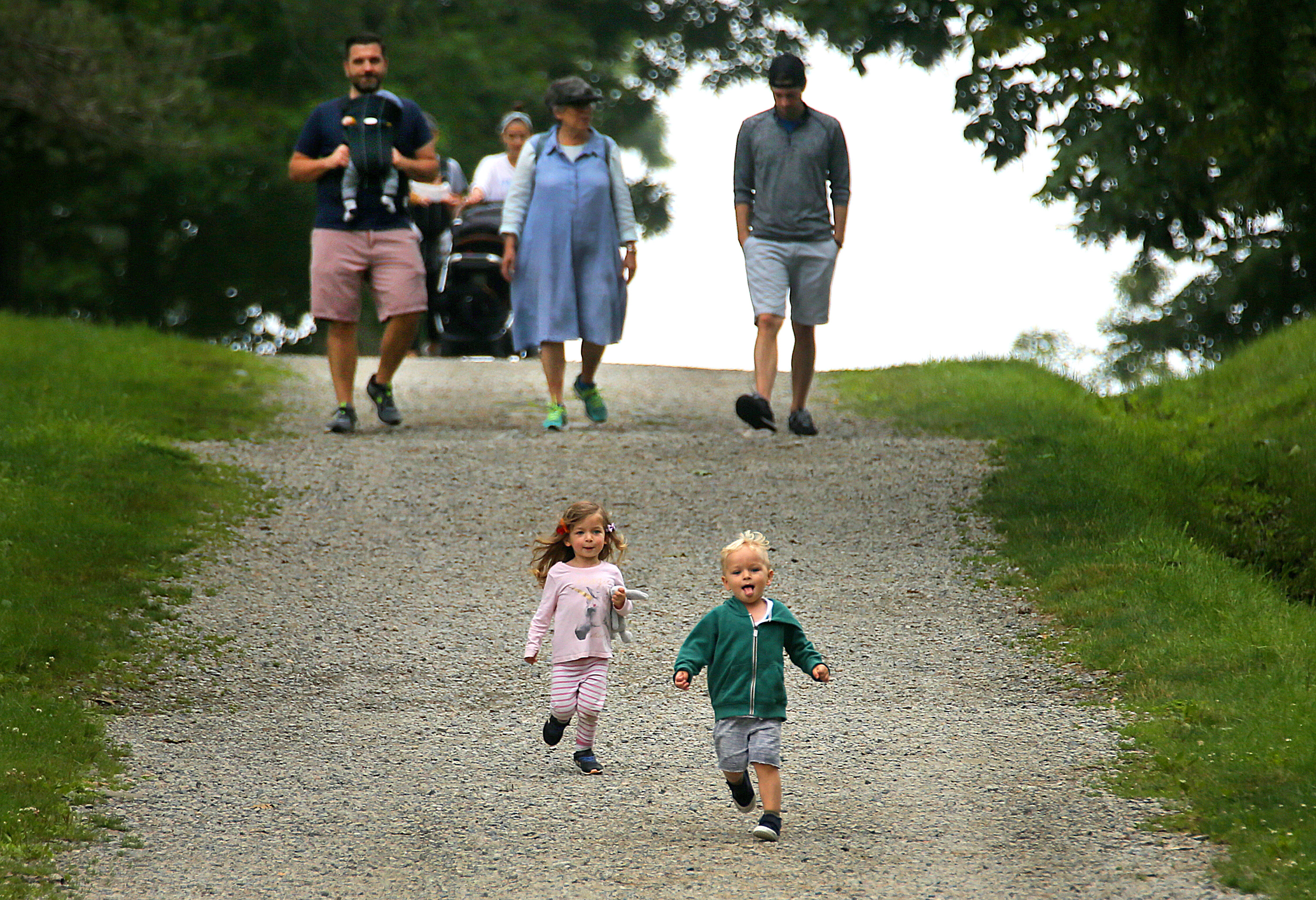
The businessman John Brewer, who owned the land, proposed that Olmsted lay out the design for a residential development that never came to pass. Instead, World’s End was considered as the home of the United Nations, and then a nuclear power plant. In the 1960s, the peninsula was acquired by the Trustees of Reservations.
On a recent Saturday, scores of hikers and bikers took advantage of the carriage paths that coil around the coastal drumlins – spoon-shaped hills left behind by receding glaciers. Many had leashed dogs in tow. There were sprawling meadows, rocky beachfront, and a tidal marsh to explore.
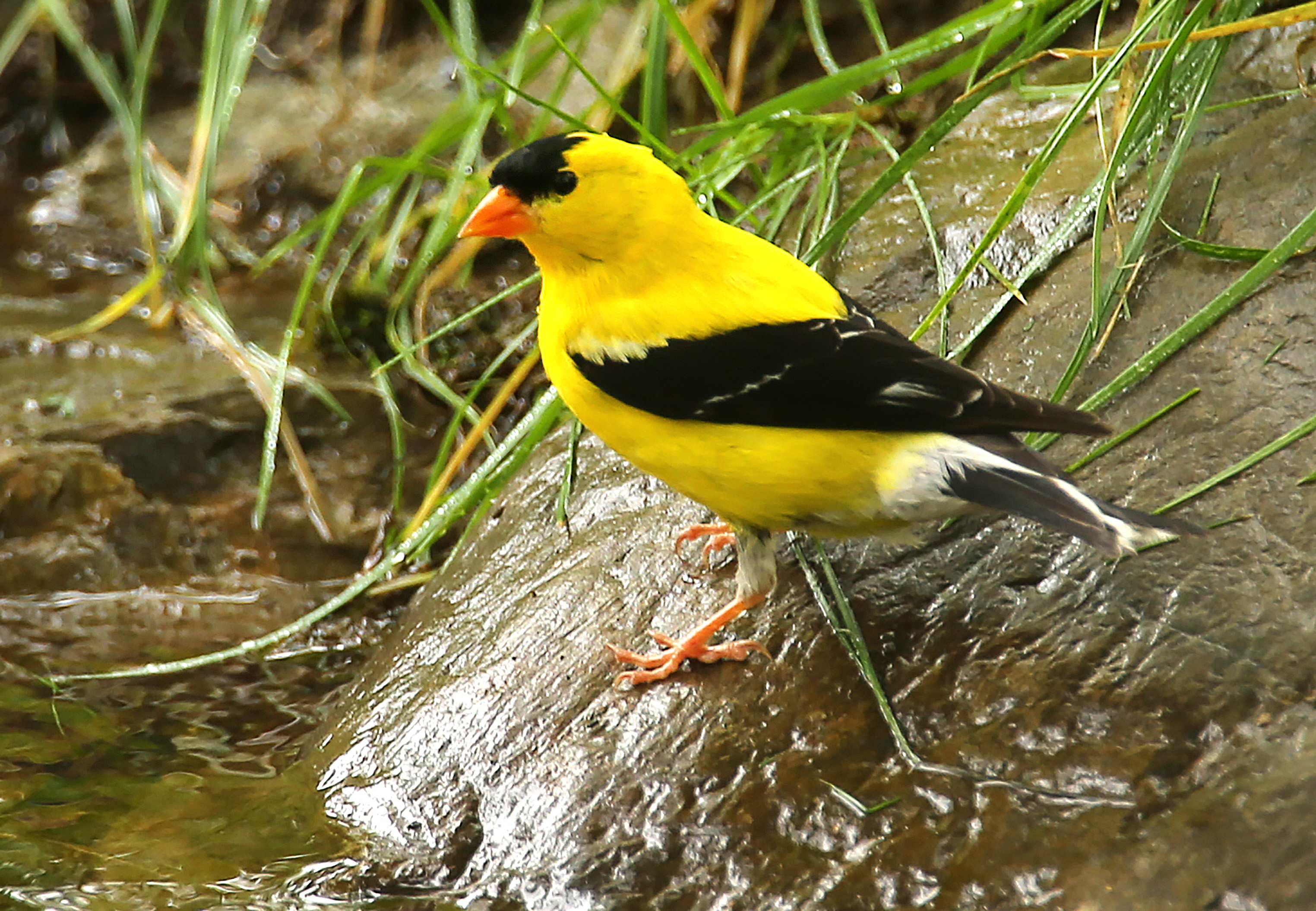
A five-minute drive away, the trustees operate Weir River Farm, where visitors can stock up on local and organic food. This summer the working farm is featuring an outdoor art show along the trails, with landscape paintings by the farm’s one-time owner, Polly Thayer Starr. On Thursdays through Oct. 7, the farm hosts a live music and picnic series. There’s also a barnyard whose inhabitants are wildly popular with young animal lovers.
“You made it!” hollered a man walking his dog out by the farthest point on World’s End.
Yes, we’d made it to the end of the world, in a manner of speaking. Even staying close to home, there’s no telling what’s around the next corner.

Garden in the Woods, 180 Hemenway Road, Framingham. Open daily through Oct. 15, 10 a.m. to 5 p.m. $6-$14, free for children under 5.
Hammond Castle Museum, 80 Hesperus Ave., Gloucester. Open daily through October (Nov.-Dec. Friday-Sunday), 9:30 a.m. to 4 p.m. $10-$18, free for children 4 and under.
World’s End, Martin’s Lane, Hingham. Open every day, 8 a.m. to sunset. $6-$8, children and Trustees members free.
James Sullivan can be reached at [email protected]. Follow him on Twitter @sullivanjames.
